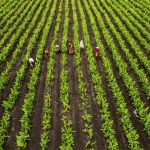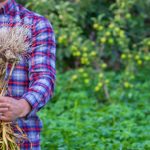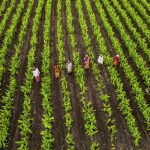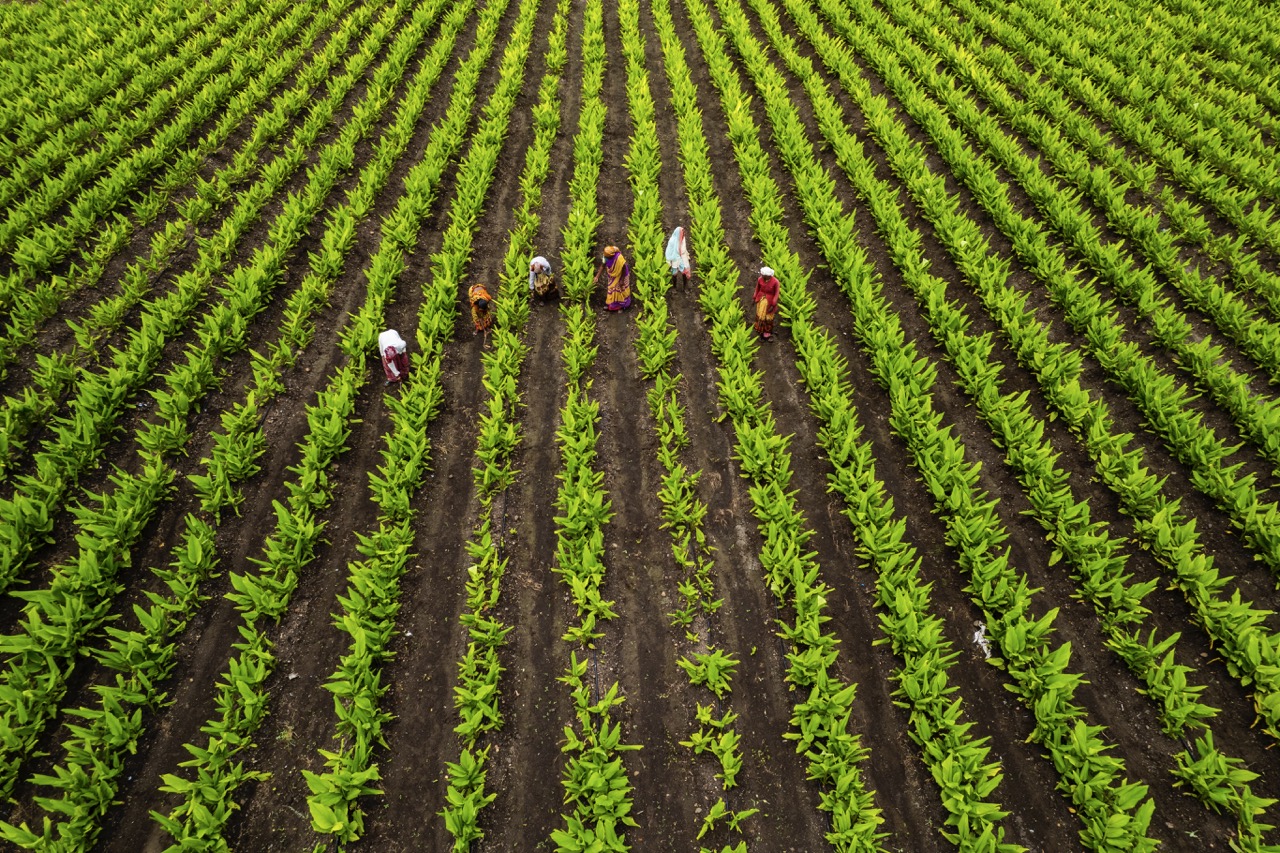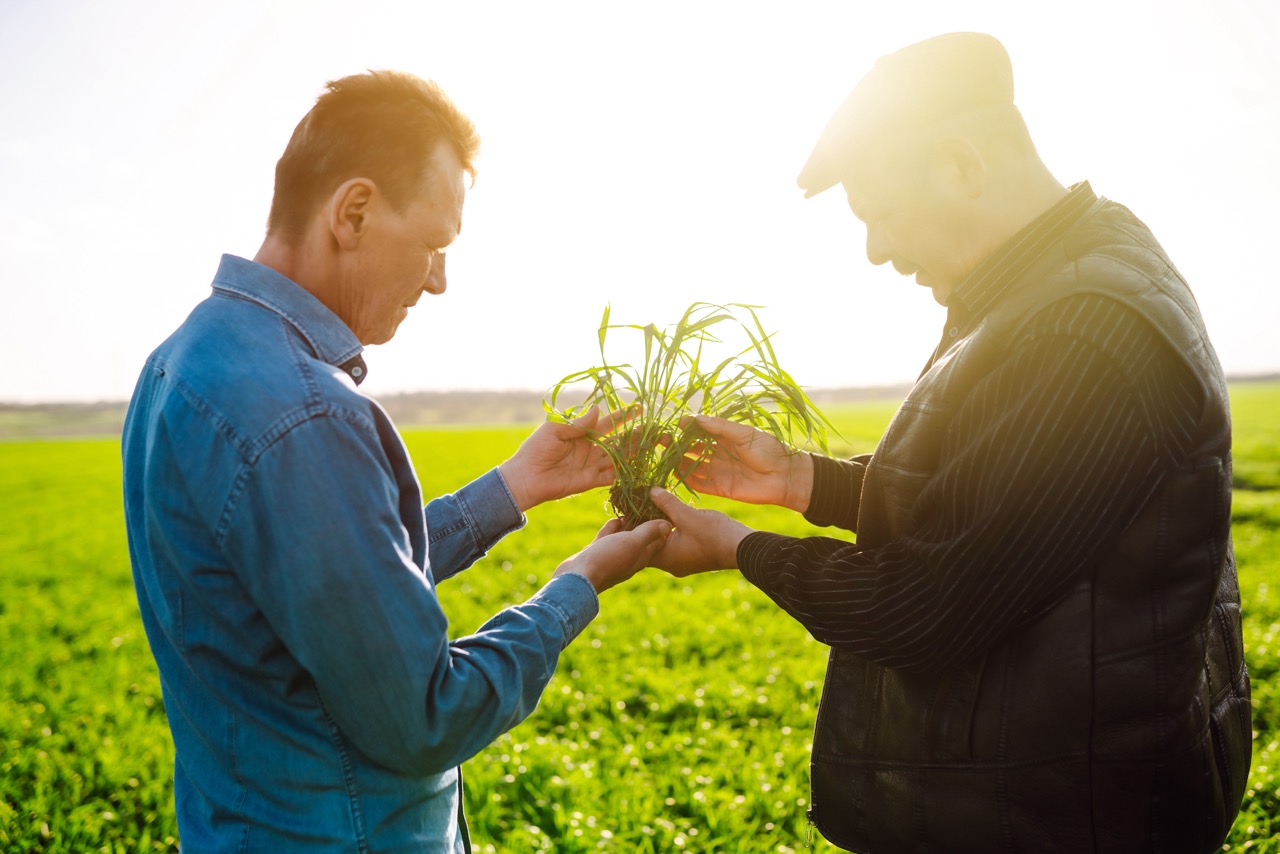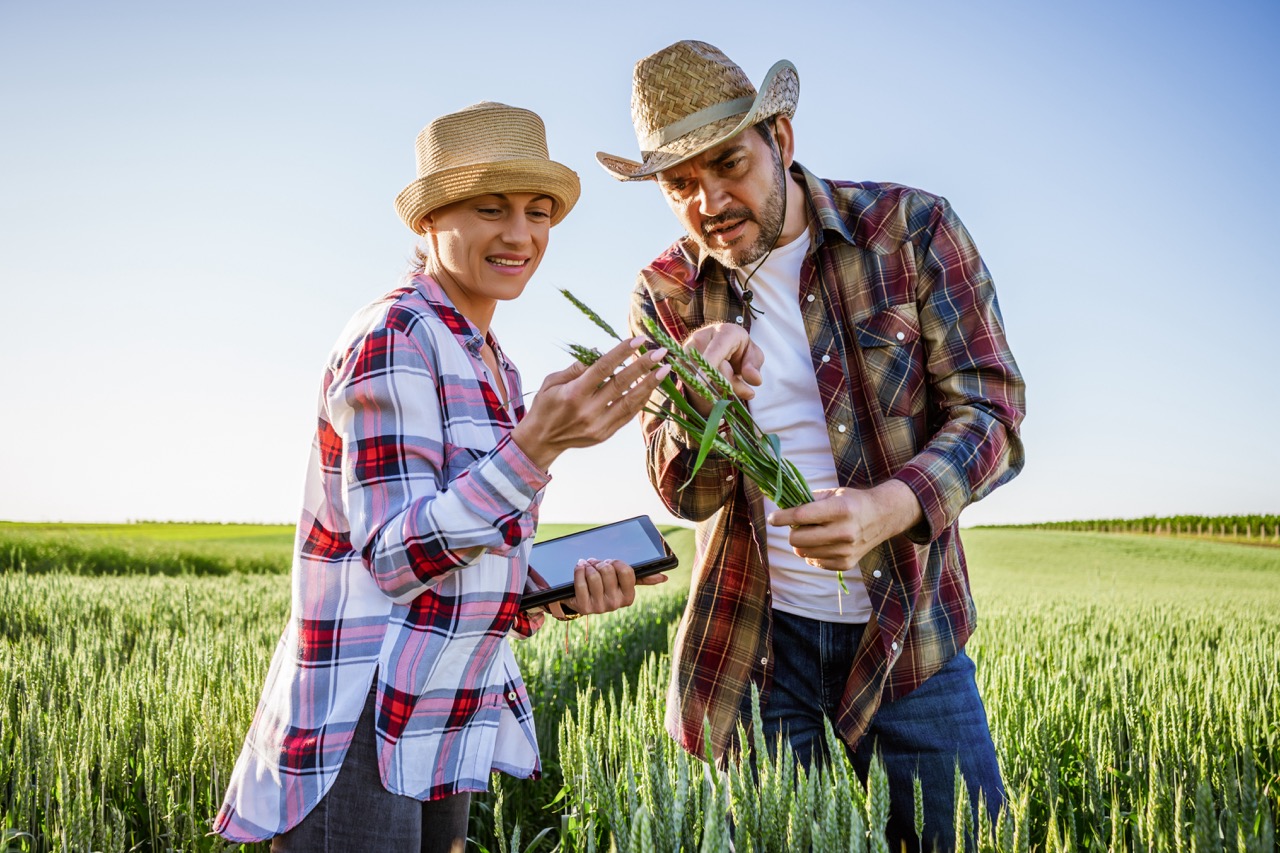Sharecropping has been an integral part of rural economies for centuries, particularly in regions where land ownership is concentrated among a few individuals or entities. This agricultural system enables those without land to cultivate crops and share the profits with landowners, creating a symbiotic relationship that can help sustain local livelihoods. However, the dynamics of sharecropping have evolved over time, adapting to changing economic conditions and societal norms. This article explores the historical context of sharecropping, its economic benefits for local farmers, the challenges faced in today’s market, and the future prospects of sustainable practices in this traditional agricultural system.
The Historical Context of Sharecropping in Rural Communities
Sharecropping emerged in the United States post-Civil War as a response to the socioeconomic landscape of the South. Freed African American families often lacked the resources to purchase land, compelling them to enter into sharecropping arrangements with white landowners. This system offered a semblance of autonomy for sharecroppers, allowing them to work land and earn a living, albeit under conditions that often favored the landowners. The arrangement was characterized by a cycle of debt, as sharecroppers would borrow money for seeds, tools, and living expenses, leading to a dependency on landowners.
In various parts of the world, sharecropping has taken different forms but has consistently served as a means for marginalized farmers to access land and resources. In many rural communities, sharecropping has historically been a way to maintain food security, as it allows families to grow crops for subsistence while generating some income. This relationship has shaped local economies and social structures, creating a deep-rooted practice that persists even today.
Over time, the sharecropping system has been both criticized and defended. Critics argue that it perpetuates cycles of poverty and inequality, while proponents assert that it provides vital opportunities for those who would otherwise remain landless and economically disenfranchised. Understanding this historical context is essential for appreciating the complexities surrounding sharecropping and its role in supporting rural livelihoods.
Economic Benefits of Sharecropping for Local Farmers
One of the primary economic benefits of sharecropping is that it provides farmers with access to land without the burden of ownership costs. For many individuals in rural communities, the high price of land and farming equipment can be prohibitive. Sharecropping allows them to engage in agriculture without the significant upfront investment required to own land. This can lead to improved food security and a steady income stream, contributing positively to the local economy.
Additionally, sharecropping encourages the cultivation of diverse crops that are often suited to local conditions. By utilizing the land effectively, sharecroppers can help maintain agricultural biodiversity, which is crucial for resilience against pests and diseases. This diversity can also enhance the nutritional quality of local diets while providing a mechanism for sharecroppers to adapt to market demands, selling surplus crops in local or regional markets.
Furthermore, sharecropping can foster community ties and cooperative networks among farmers. By working together, sharecroppers can share resources, knowledge, and labor, creating a support system that enhances productivity. This collaborative spirit can lead to better market access and shared success, reinforcing the economic stability of rural communities.
Challenges Faced by Sharecroppers in Today’s Market
Despite its benefits, sharecropping is fraught with challenges in today’s increasingly globalized market. Fluctuating commodity prices, driven by global supply and demand, can significantly impact the incomes of sharecroppers, often leaving them vulnerable to economic shocks. Additionally, sharecroppers may lack bargaining power when negotiating terms with landowners, which can result in unfavorable contracts and a significant portion of their earnings being siphoned off, perpetuating a cycle of disadvantage.
Another pressing challenge is the increasing competition from industrial agriculture. Large agribusinesses, equipped with advanced technology and economies of scale, can produce crops more efficiently and at lower costs. This competitive pressure can squeeze sharecroppers out of the market, making it difficult for them to sustain their livelihoods. Traditional agricultural practices may also be threatened by the push towards monoculture and intensive farming, undermining the diverse cropping systems that have supported sharecroppers for generations.
Lastly, climate change poses a significant threat to the viability of sharecropping. Extreme weather events, changing precipitation patterns, and shifting growing seasons can disrupt production, making it increasingly challenging for sharecroppers to plan and manage their crops effectively. Without access to adaptive technologies or support systems, many sharecroppers may find it difficult to cope with these environmental changes, jeopardizing their economic stability and rural livelihoods.
Future Prospects: Sustainable Practices in Sharecropping
The future of sharecropping may hinge on the adoption of sustainable agricultural practices that enhance resilience and promote environmental stewardship. Incorporating agroecological principles can help sharecroppers improve soil health, increase biodiversity, and reduce reliance on chemical inputs. Practices such as crop rotation, intercropping, and organic farming can lead to more sustainable outputs and contribute positively to local ecosystems.
Moreover, fostering partnerships with agricultural cooperatives and NGOs can provide sharecroppers with the training and resources necessary to implement sustainable practices. These collaborations can facilitate access to new technologies, financial literacy programs, and markets, empowering sharecroppers to take control of their livelihoods. By participating in cooperative models, sharecroppers can strengthen their bargaining power and improve their economic conditions.
Lastly, public policies that support land reform and fair labor practices are essential for ensuring the sustainability of sharecropping. Governments and organizations can play a pivotal role in providing equitable access to land and resources while promoting policies that protect sharecropper rights. By creating an enabling environment for sharecroppers, there is potential for this age-old practice to continue to support rural livelihoods in a manner that is both economically viable and environmentally sustainable.
In conclusion, sharecropping remains a complex yet vital component of rural economies. While it offers significant economic benefits and sustains local livelihoods, it is also fraught with challenges that must be addressed to ensure its viability in the face of modern market pressures and environmental changes. By embracing sustainable practices and fostering supportive partnerships, sharecropping has the potential to evolve into a more equitable and resilient system for future generations, safeguarding the rural communities that depend on it.
